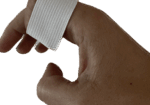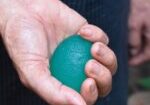Assessing and Improving Grip with the Squegg
By: Megan Prather
“Grip training is made fun”
In hand therapy we are always looking for engaging new interventions to use with patients. The Squegg is a dynamic grip-training tool that can be used with clients both to assess grip strength and to improve strength across sessions. This article is a Squegg review that will hopefully help you understand what Squegg is.
More About the Squegg
The Squegg is a small, lightweight (66g), blue-tooth enabled device designed for grip training and healthy living. The device is waterproof and has a continuous battery life of 80 hours (standby time 160 days) after 2 hours of charging. Squegg comes with an app, available in the App Store and Google Play, to use alongside the device. This app enables you to measure grip strength as well as pinch, intrinsic grip, and opposition and to monitor the number of repetitions on the Squegg each day. The app also guides the user through isometric exercises, repetition exercises, and fun games that help improve grip. The games- Blast Away, Poolside Fun, and Sumo- require the patient to grip the Squegg to move a player up or down or cause other actions in the game. The games also record leaderboards to keep track of progress and add competition. Creators of the Squegg suggest the use of isometric exercises on the app to help maintain healthy blood pressure as well.
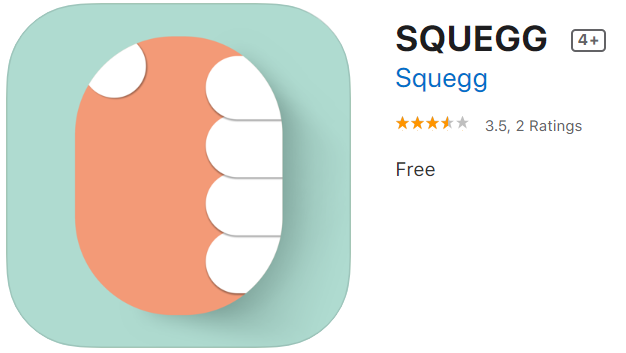
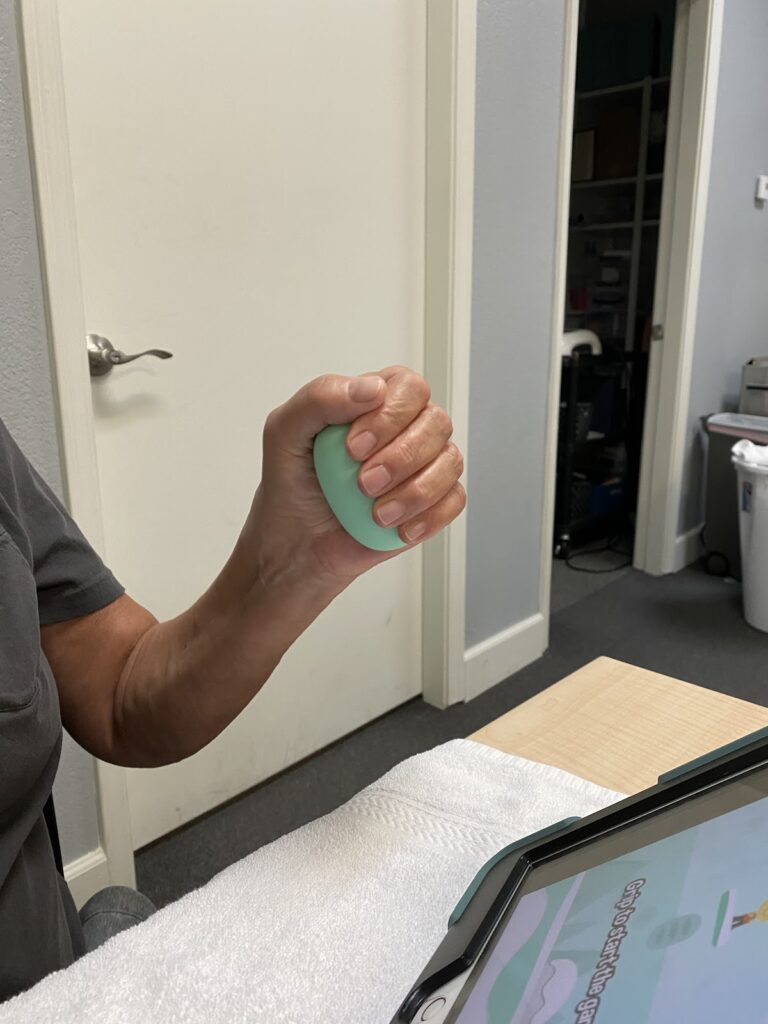
Patient Story
One patient in our clinic has been working to improve grip strength and hand function after surgery. This patient was very eager to try the Squegg as a therapeutic activity when offered in the clinic. As soon as she started playing the game, the patient said “Wow this is fun!” and was very focused on her grip as well as the competition of the game. This activity engaged the patient as she performed repeated grips to move the character up and down on the screen.
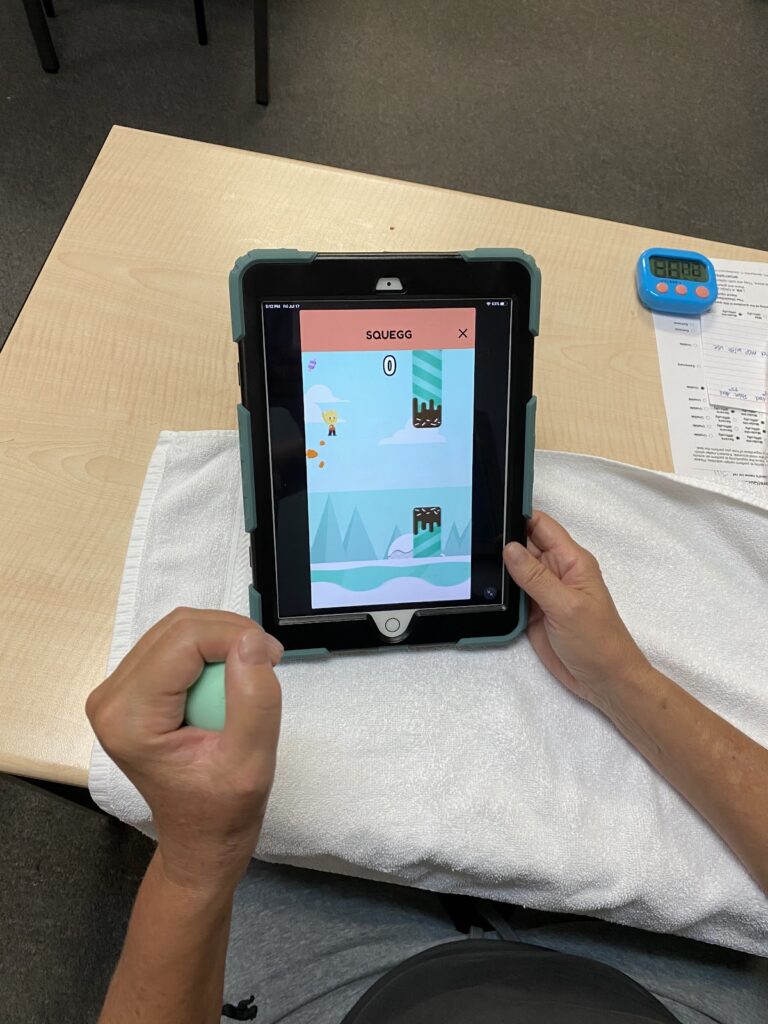
PROs
- Fun and engaging activity for the patient
- The patient can record their high score and compete against other patients or therapists
- Gross grip, pinch grips, lumbrical grip, or opposition can be targeted with the Squegg
- Using the Squegg to play Blast Away the patient completes multiple repetitions of gripping
- The patient can control how hard they are gripping; a light grip is enough to play the game but a stronger grip can also be used to continue improving strength
- The games help the patient not only to work on grip strength but to train the timing and power of their grasp
- Patients can buy a Squegg to use as a home exercises
CONs
- The Squegg costs $43.99 which may be a limiting factor as a home exercise
- Some patients may feel the Squegg is too small for their hand or may not be interested in the games
- Without guidance, patients may squeeze too hard on the Squegg if they are not yet cleared to exert their full force
Where to Buy the Squegg
You can purchase the mint or coral Squegg for your clinic or personal use on the Squegg’s website.
Use the code Crew15 for 15% off your purchase!
More To Read
Splinting Options for Stiff Finger Joints
Following an injury to the proximal interphalangeal joint, there is often a loss of range of motion, typically in both the flexion and extension planes. Therefore, we have compiled a list of helpful splinting options for stiff finger joints. To Improve PIP Joint Flexion Flexion Wrap with Elastic Tape (Coban): This is a very easy…
Read MoreTrigger Finger… Quick and Dirty!
This is for you… Hand Therapists! Stenosing tenosynovitis, otherwise known as trigger finger, is a common condition affecting children and adults of all ages. Fast Facts Trigger finger usually occurs at the A1 pulley It occurs with inflammation of the tendons and sheaths of fds and fdp The digit can lock in both flexion and…
Read MoreNeurolutions IpsiHand to Aide in Stroke Rehabilitation in Patients with Hemiparesis
Neurolutions IpsiHand to Aide in Stroke Rehabilitation in Patients with Hemiparesis Hemiparesis occurs in approximately 77% of new stroke cases and often persists into thechronic stage (Humphries et al., 2021). Recent innovation, such as brain-computer interfaces(BCIs), offer new opportunities for motor recovery even years after stroke. One such approach is the Neurolutions IpsiHand System, an…
Read MoreHand Pain in Pregnancy and the New Parent
By: Rachel Reed The transition to parenting can be difficult on a mother or parent’s body, especially when considering the increase in repetitive hand use required to care for a baby. The most common upper extremity conditions that develop during pregnancy and postpartum are carpal tunnel syndrome and de Quervain’s tenosynovitis (Wagner, 2019). Frequently, new…
Read MoreSign-up to Get Updates Straight to Your Inbox!
Sign up with us and we will send you regular blog posts on everything hand therapy, notices every time we upload new videos and tutorials, along with handout, protocols, and other useful information.


